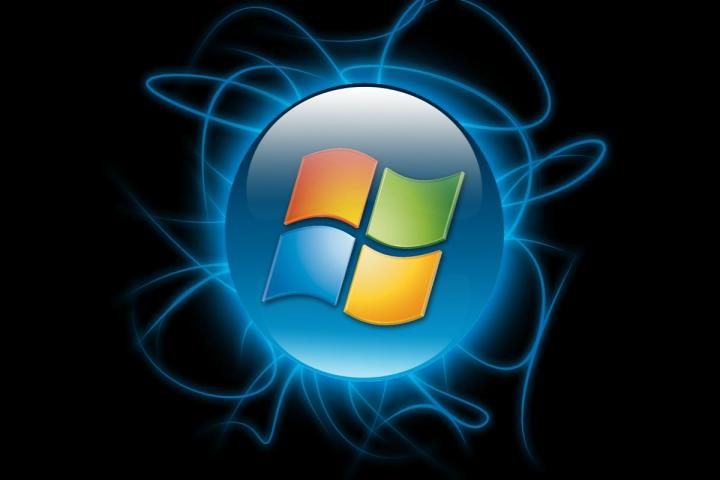
It’s no secret that April 8 is the end of the line for Windows XP support, with two more Patch Tuesdays to go until Redmond pulls the plug on its backing of the ancient operating system. It’s also no secret that despite its age, Windows XP is still very, very popular.
According to Net Marketshare, Windows 8.1′s desktop OS share stood at 3.9 percent in January. While that rose last month to 4.3 percent, a bump of .4 percent, Windows XP’s share also rose; for the second consecutive month no less. After dropping from 31.22 percent in November to 28.98 percent in December, Windows XP’s OS share rose to 29.23 percent in January, and inched upward again last month to 29.53 percent. Though that’s a smaller increase of .3 compared to Windows 8.1′s (very) modest surge, the fact that more people are opting to use an OS that’s more than 12 years old says something.
On top of that, though marketshare for Windows 7 is still dominant, (and it’s not even close), Windows 7′s share dipped ever so slightly from 47.49 percent in January to 47.31 percent last month. That comes after a spike of nearly one full percentage point from November, when it stood at 46.64 percent.
With that in mind, we’re left wondering: considering that Windows XP users are up against the end of support deadline, will they budge? Or would they rather deal with the threats they’ll encounter on the Internet and avoid having to upgrade. You can cast your vote in the poll we put together below.
Also, whether you lean one way or another, tell us in the comments below why you will or won’t move on from Windows XP.


